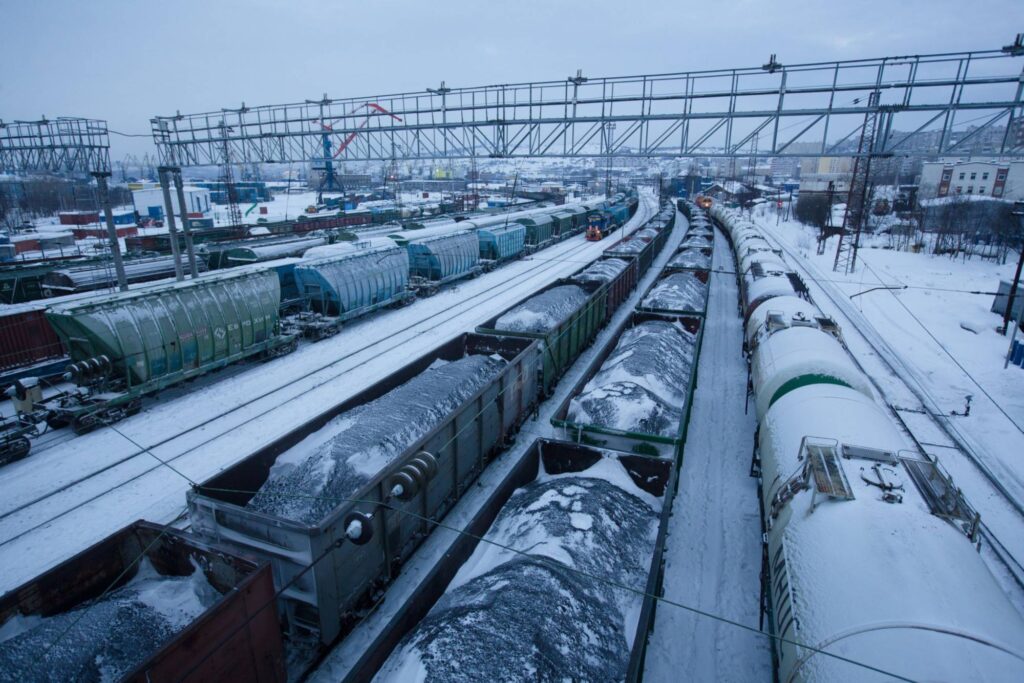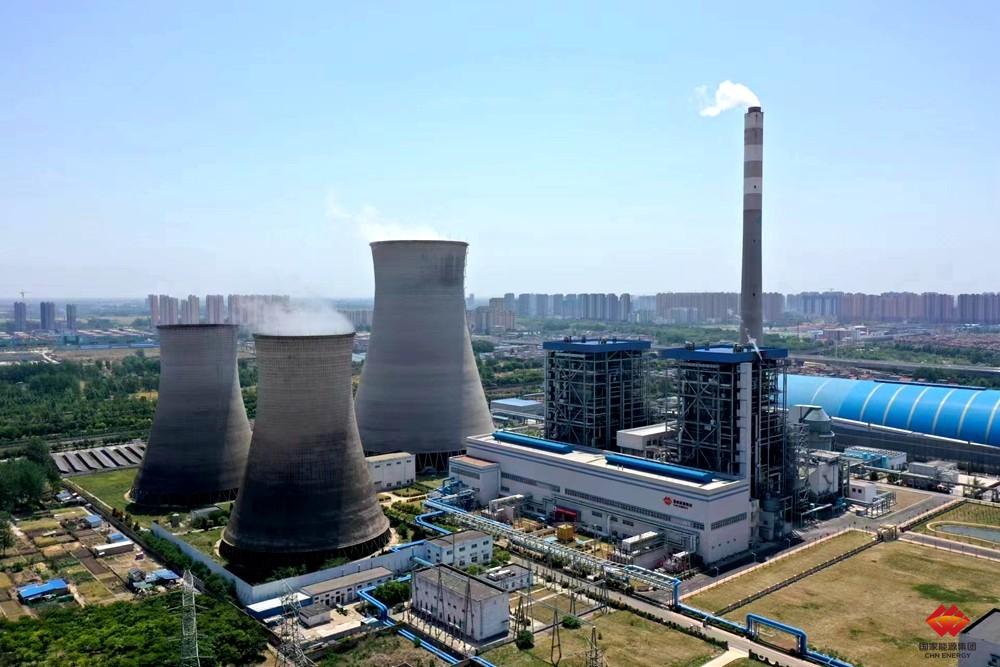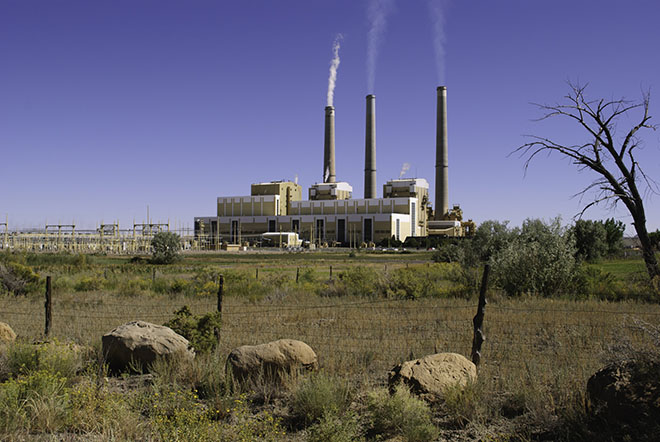In March 2024, Coal prices exhibited a varied pattern on a global scale. Importing countries like India and Japan experienced price hikes, whereas exporting nations like South Africa, Indonesia, and the USA witnessed declines.
During March 2024, the Coal market in the United States has remained relatively steady, characterized by unchanged prices, primarily attributed to the high levels of stockpiles maintained by utilities. This surplus has led to a reduction in domestic consumption, as projected by the Short-Term Energy Outlook (STEO) released by the Energy Information Administration (EIA). Forecasts from the EIA suggest a continual decline in Coal consumption, coupled with a shift towards increased reliance on exports to offset the decline in domestic demand. Consequently, there is an anticipated decrease in Coal-fired power generation, with solar, wind, and natural gas-fired power plants emerging as the predominant sources of electricity generation.
In the Asian market, Australian Coal prices have surged, influencing an increase in Japanese market with trades at higher rates. This rise is attributed to heightened demand from the domestic sector and higher prices from exporting countries. Factors contributing to the surge in Australian Coal prices include tightened supply from Indonesia and renewed interest from Northeast Asian nations, prompted by sanctions against Russia. The increase in demand is particularly notable in India, where preparations for elevated heatwave days from April to June have bolstered demand. Recognizing this growth potential, Coal India’s director, B Veera Reddy, has expressed intentions to establish an office in Australia to capitalize on this emerging market.
The Indonesian Coal market has undergone significant changes, marked by declining prices due to increased supply resulting from logistical improvements in regions like South and East Kalimantan. This has led to pressure on Coal quotations, exacerbated by substantial stockpiles in key importing nations like China. Furthermore, Coal consumption at power plants has decreased, with downward price adjustments made by trading house Zhujiang Investment in China’s Southern ports. Consequently, there has been a strategic realignment in trading patterns, with imports diverting from traditional sources like Australia to emerging markets such as Mongolia.
According to predictions by ChemAnalyst, South African Coal prices are expected to increase, possibly reaching their highest level in five months. This uptrend is influenced by elevated prices in Europe and disruptions in supply chains from the US due to the collapse of the Baltimore bridge. Concurrently, demand for Indonesian Coal from Chinese buyers is anticipated to decrease ahead of the Qingming holiday weekend from April 4-6. Conversely, Australian Coal prices may experience a decline in the near future, attributed to reduced quotations in Europe and sustained decreases in domestic prices in China.
By Rene Swann









